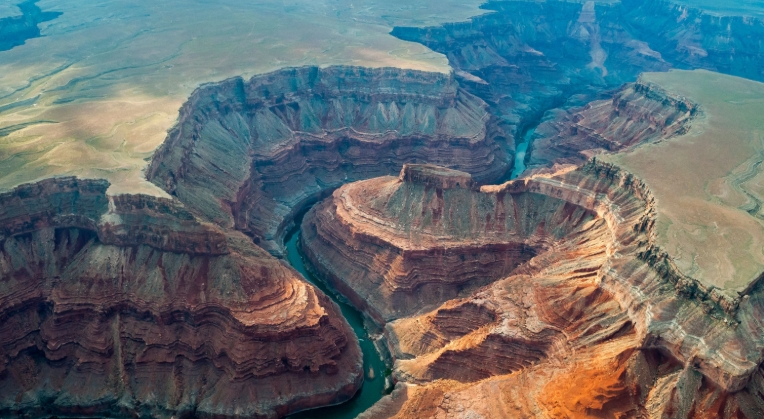# Understanding Diastrophism: Key Causes Explored
Diastrophism refers to the deformation of the Earth’s crust. It results in geological formations like mountains and valleys. Here are some main causes of diastrophism, broken down for clarity.
## Tectonic Plate Movements
The Earth’s lithosphere is divided into tectonic plates. These plates constantly move. Their interactions cause various geological phenomena.
– **Convergent Boundaries**: Plates collide. This collision forms mountains and trenches.
– **Divergent Boundaries**: Plates pull apart. This separation creates rift valleys.
– **Transform Boundaries**: Plates slide past each other. This movement can lead to earthquakes.
## Volcanic Activity
Volcanic activity is another cause of diastrophism. It results from magma rising to the surface. This process can create or reshape landforms.
– **Volcanic Eruptions**: They release pressure. Eruptions can alter landscapes dramatically.
– **Hotspots**: These are stationary magma sources. They create volcanic islands and mountains over time.
## Erosion and Sedimentation
Erosion and sedimentation continuously reshape the Earth’s surface. While not direct causes of diastrophism, they play significant roles.
– **Weathering**: Rocks break down over time. This process can weaken mountain ranges.
– **Sediment Accumulation**: Sediments build up in basins. This accumulation can lead to subsidence.
## Isostatic Rebound
Isostatic rebound occurs when the Earth’s crust adjusts after being weighed down. It typically happens after glaciation.
– **Melting Ice Caps**: As glaciers melt, the crust rises. This process can lead to the formation of new landforms.
– **Crustal Balance**: The crust seeks equilibrium. This realignment affects topography.
## Human Impact
Human activities also contribute to diastrophism. Mining, construction, and resource extraction can alter the landscape.
– **Land Excavation**: Digging into the Earth can destabilize surrounding areas.
– **Water Reservoirs**: Large bodies of water can exert pressure on the crust. This pressure may cause shifts.
## Conclusion
Diastrophism is a complex process driven by various factors. Understanding these causes helps us appreciate the dynamic nature of our planet. From tectonic movements to human impact, each factor plays a role in shaping the Earth’s surface.

